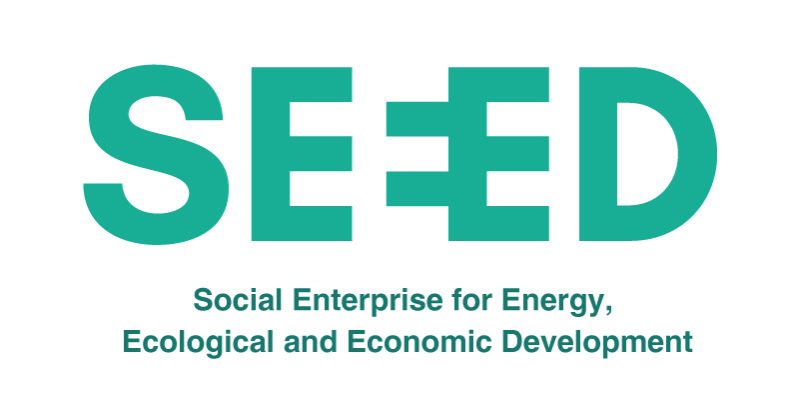
Collating 40-years of experiential hindsight in the Asia Pacific on what makes projects sustainable and deliver optimal socio-economic and environmental benefits, HPNET established the Social Enterprise for Energy, Ecological and Economic Development (SEEED) approach for community-scale hydro implementation. SEEED aims to support community-scale hydro practitioners and communities to achieve long-term, technical, environmental, institutional, and financial sustainability of their hydro mini-grids – towards climate and economic resilience.
Optimizing Hydro Mini-Grids

Small-scale hydropower (< 1MW) is a cost-effective, renewable energy solution for energy access that has been proven across the globe. Innate characteristics of pico, micro and mini hydro projects (MHPs) allow for multiple socio-economic and environmental benefits. MHPs can produce economically viable, 24/7 reliable electricity at output capacities that are required for applications of productive end use, reducing drudgery, and feeding electricity into the main grid. Several components can be built locally, creating local skills-building and jobs. MHPs provide an added incentive for communities to strengthen the watershed that fuels their MHP, building climate resilience. Because of their ability to generate electricity24-hours, MHPs do not require batteries and therefore are cost-effective in powering motorized end uses such as agri-processing, e.g. grain mills and oil presses.
MHP communities that have invested in watershed restoration have faced fewer impacts of droughts and heavy rain, since resilient micro hydro watersheds result in robust water sources, e.g. underground springs, and terrain that can withstand extensive rain. In addition, reliable electricity from MHPs has meant that the diaspora, who had left their villages for jobs in urban centers and now forced to return to their villages due to the pandemic lockdowns, have greater opportunity to develop village-based livelihoods, e.g. agri-processing end uses. MHPs have also enabled online learning and access-to-healthcare that have been critical during the pandemic.
SEEED Approach
Central to the SEEED approach is the transition of community-based hydro mini-grids that have limited operation and barely surviving financially (e.g. limited to being a social asset only), into becoming self-sustained social enterprises that earn from well-managed, nature-based electricity generation and distribution for household, social, and enterprise use. The difference between the social asset only and the social enterprise outcomes are illustrated in the two figures below.
Key Challenge: Social Asset Only

Solution: Transition To Social Enterprise

The transition from a social asset only model to a successful social enterprise model requires a number of core thematic elements, as shown below. The foundational elements of sustainable watersheds and technical reliability focus on functionality. Once they are established and the system is functioning consistently, productive end use and inclusive enterprise aspects can be achieved, bringing value-add to local livelihoods. Our initial assessment of hydro mini-grids in the Asia Pacific have identified sub-elements that differentiate various models of inclusive enterprise, including the following:
- Inclusive ownership models
- Cost-recovery models
- Revenue generation models (i.e. connection fees and tariff)
- Effective management processes
- Access to credit and smart subsidy
HPNET’s latest developments on the SEEED elements can be found here.
Core Elements of SEEED

SEEED ACCELERATOR
The approach is embedded into an accelerator program aimed to unlock the full potential of hydro mini-grid practitioners and communities. The SEEED Accelerator utilizes a 4-step strategy to generate impact from knowledge exchange and advocacy activities, as shown below.
We continue to look for ongoing developments in the field as a part of our peer-to-peer exchange process. If you would like to share about your approach to sustainable hydro mini-grids, please let us know here!

